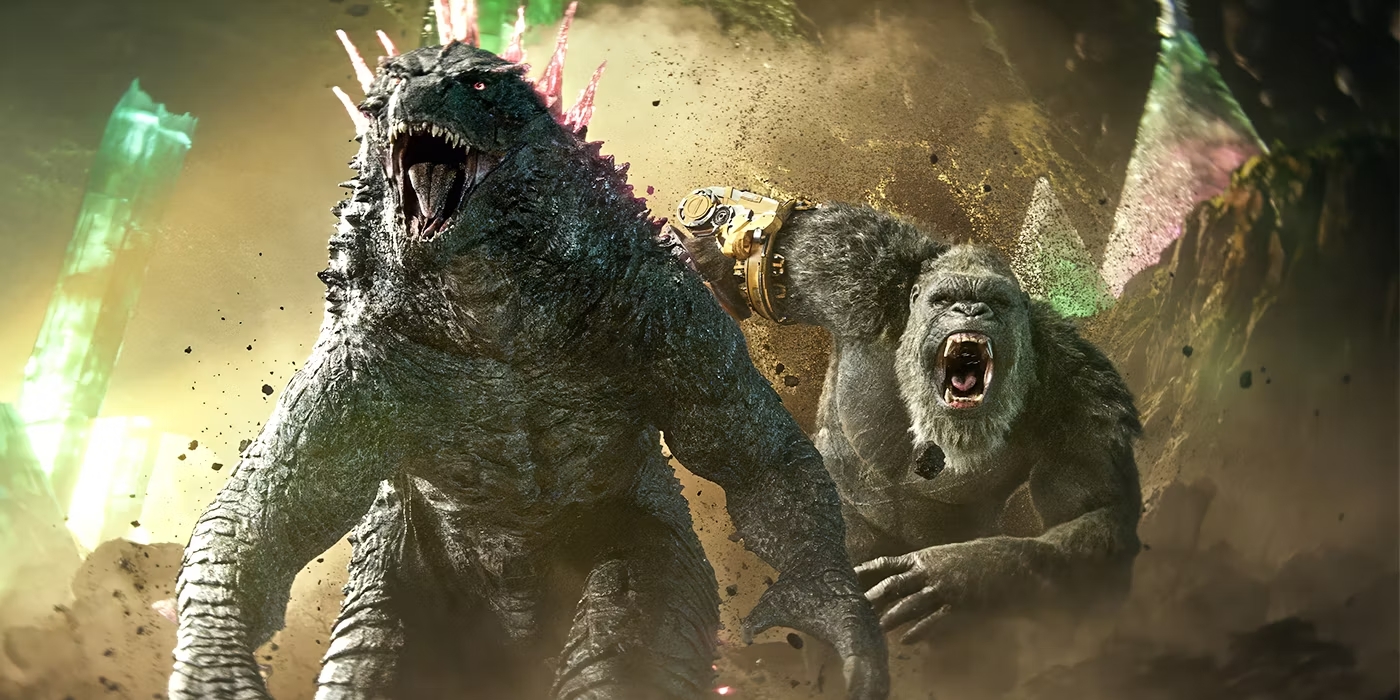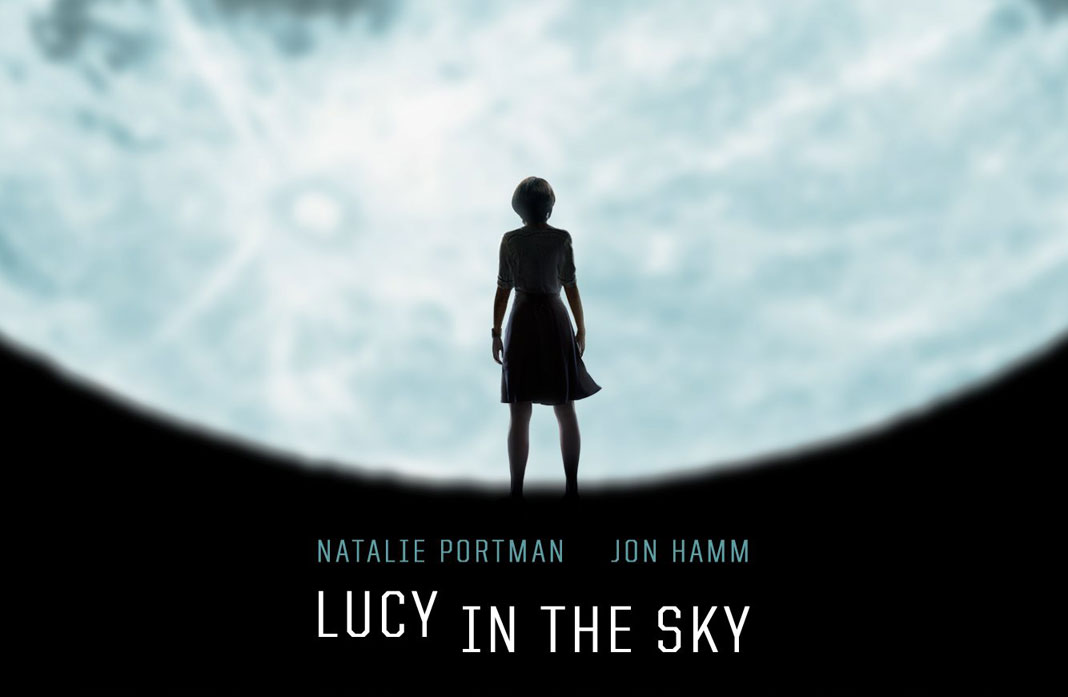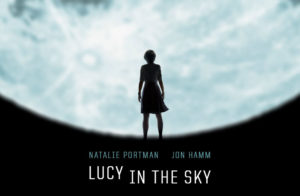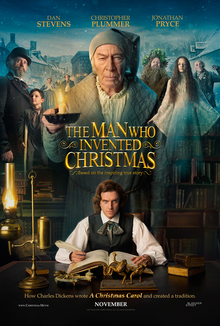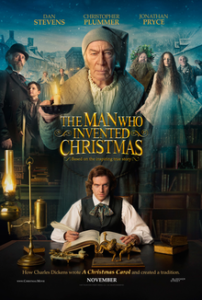Godzilla x Kong: The New Empire
Posted on March 28, 2024 at 12:46 pm
B| Lowest Recommended Age: | Middle School |
| MPAA Rating: | Rated PG-13 for creature violence and action |
| Profanity: | Some mild language |
| Alcohol/ Drugs: | None |
| Violence/ Scariness: | Extended monster-style peril and violence, some disturbing and graphic images |
| Diversity Issues: | Some insensitive stereotyping |
Remember, they’re not monsters; they’re titans. Earth has become accustomed to living with gigantic beasts, and even allows Godzilla to sleep in Rome’s Coliseum, curled up like a puppy on a dog bed, after a hard day’s work protecting the Eternal City from bad titans. Godzilla’s nemesis from the last movie, King Kong, is safely unreachable in Hollow Earth, a pristine world of exotic creatures, with a few human scientists to study and monitor, led by double PhD Ilene Andrews (Rebecca Hall). The human encampment is so large and complex there is even a school for the children of the people working there. Andrews has adopted the mute girl with the telepathic connection to the giant ape, Jia (Kaylee Hottle).
Something is wrong. Jia is having disturbing visions, creating drawings that track the anomalies showing up in the scientists’ instruments. Andrews asks conspiracy podcaster Bernie Hayes (Brian Tyree Henry) to come to Hollow Earth to help. Trapper (Dan Stevens), Andrews’ classmate and former love interest, now a freewheeling veterinarian dentist to the Titans, arrives in Hollow Earth to replace Kong’s infected tooth. We know Trapper is a free spirit because (1) his name is Trapper, (2) he replaces the tooth while hanging from a helicopter AND ENJOYING IT (one of the highlights of the film), and (3) he wears a Hawaiian shirt over a hipster t-shirt and leather cord necklaces.
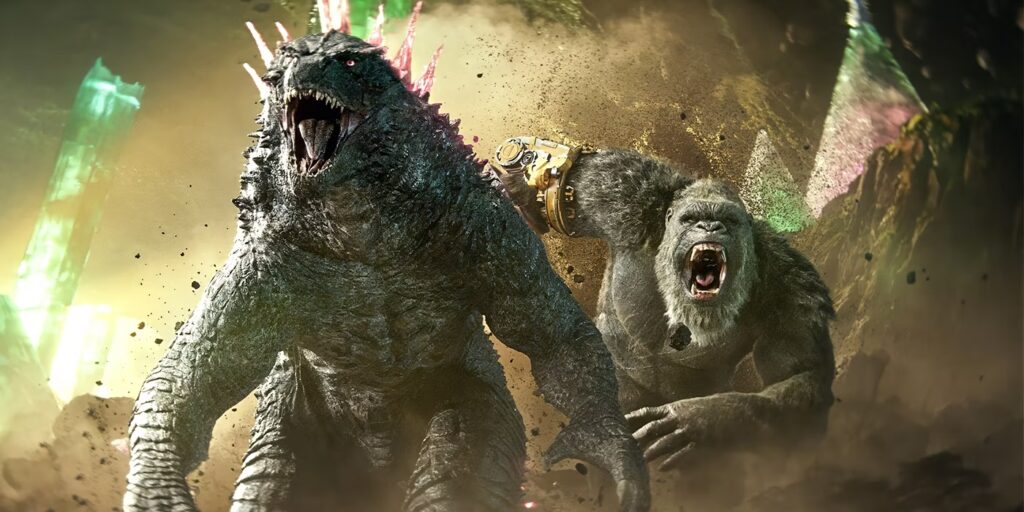
That is about all you need to know about the humans in the story, except that Jia has one other connection with Kong. They are both believed to be the last of their kind. That will turn out not to be the case.
There are a lot of titans in “Godzilla x Kong.” It’s like the “Avengers: Endgame” of gigantic beasts and I admit I got lost in trying to remember who was on which side. I suspect the titans did, too. And there are so many of them and they all have different powers, you need a spreadsheet. It’s getting to be kind of like Pokemon, if Pickachu was the size of a skyscraper and could breath atomic radiation.
Let’s face it. The humans are here for (1) scale, so that when Kong holds out his hand to Jia, her hand goes only partway around his fingertip, (2) exposition, to say things like, “Something down there is calling for help,” and “You’re going to think I’m completely insane,” and use words like “anomaly” and “intensity increased,” (3) looking worried or afraid (poor Jia is stuck with one anxious eyebrow expression through the whole movie, and (4) running from various dangers. Or, not be able to escape. Just like you never want to be the character in a horror movie saying, “I’ll be right back,” you do not want to be the one in the monster movie saying, “I’m the one in charge, so everyone has to do what I say.” Oh, another purpose for the humans — (5) being the chosen one from the ancient prophesy.
The monsters/titans are here to fight, and let’s face it, we’re here to see them fight. Creature designer Jared Krichevsky and the talented crew of designers and CGI experts have created titans that are true to the spirit of the classics but take advantage of the capabilities of current technology. I’m a fan of Kong’s roundhouse punches, especially with his augmented mechanical arm. And there is a titan that breathes ice, a sea serpent, and one I won’t spoil except to say it’s in the classic Kaija top ten. I admit I got a bit confused by the overwhelming number of creatures in the various locations (Rio seems to be there just for reason (6): to wear bikinis), and did not always remember who was on who’s side, but the fight scenes are as much fun as the fans could hope for.
Parents should know that this film includes extensive and sometimes graphic creature violence, injuries and deaths of a human and many monster characters, and brief strong language. Audience members may be concerned over racial stereotypes, with the one Black main character relegated to comic relief for being terrified and the stereotypical portrayal of the indigenous people.
Family discussion: Why does Dr. Andrews trust Bernie Hayes? What does Jia learn from meeting other members of her culture? Why are there apparently no female giant apes?
If you like this, try: “Godzilla Minus One,” the original 1954 “Godzilla,” and the 2005 “King Kong”

